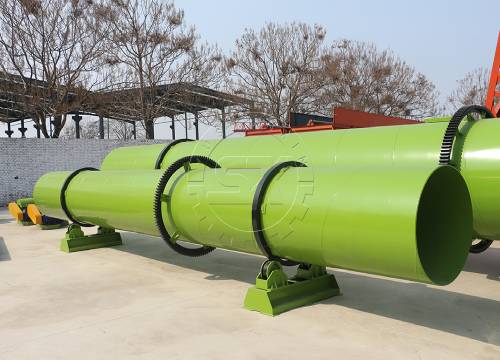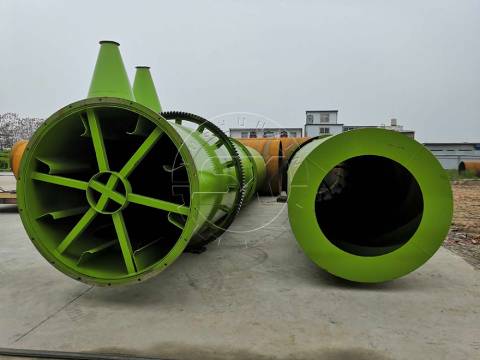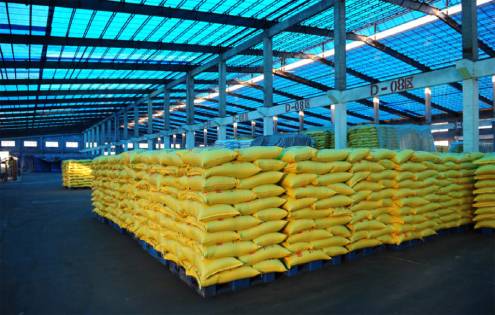Granulate Dryer
Granulate dryer is important in the fertilizer production line. Our granulators adopt wet granulation and dry granulation. Wet granulation increase pellets’ moisture to 50%-60%, but dry granulation not. As there is no need to add water etc. to improve moisture during the granulation, its moisture is about 20%-30%. Therefore, fertilizer pellets after dry granulation can package directly. However, pellets made by wet granulation must go through dryer to low down the moisture to the package standards: 20%-25% moisture.
Thus, a dryer is important for you, especially you have the granulating machines which adopt wet granulation, such as, new type organic fertilizer granulator, drum granulator, and disc granulator etc. Here is more information about dryers for your reference.
Top 2 Popular Granules Fertilizer Drying Machine
We all know the importance of rotary drying equipment for fertilizer manufacturing. But there are many kinds of drying machines on the market, which one is more suitable for you? Here, in order to fully meet your needs, SX especially design various dryers for your choice. The best-selling two are as follows:
The dry wet material is sent to the hopper by the belt conveyor or bucket elevator, and then enters the feeding end through the feeding pipe of the feeding machine of the hopper. The inclination of the feeding pipe should be greater than the natural inclination of the material so that the material can flow into the dryer smoothly. The dryer drum is a rotating drum that is slightly inclined to the horizontal line.
The material is fed from the higher end, and the heat carrier enters from the lower end, and contacts with the material in counter, or the heat carrier and the material flow into the cylinder together. With the rotation of the cylinder, the material moves to the lower end under the action of gravity.
When the wet material moves forward in the barrel, it receives heat from the heat carrier directly or indirectly, so that the wet material is dried, and then is sent out at the discharge end through a belt conveyor or a screw conveyor.






